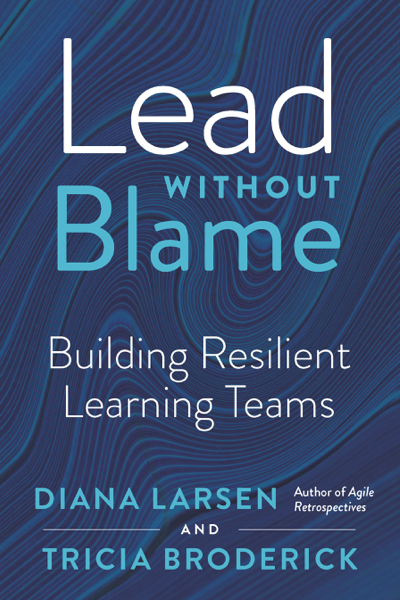For a little while now, Liberating Structures has been the talk of the town in Agile. For in depth information from Keith McCandless and Henri Lipmanowics, go to their website.
Liberating Structures are easy-to-learn microstructures that enhance relational coordination and trust. They quickly foster lively participation in groups of any size, making it possible to truly include and unleash everyone. Liberating Structures are a disruptive innovation that can replace more controlling or constraining approaches.
Personally, many of the 35 listed on their website are variations to exercises I’ve already knew. However, learning about the history – I’m wondering if I was learning their material before I realized it was their material. The melting pot of learning in the Agile community.
I’m not going to spend the time explaining each one here – go to the source! That said, I want to do a series where I highlight the benefits I’ve seen from using that structure and how I could virtually accomplish it as well.
Next up in the series is Drawing Together (Revel insights and paths forward through non-verbal expression):
I chose this one next as I wanted to do a different style one that questions/discussions with breakout rooms. Now I must acknowledge that I’ve never done this exercise exactly as instructed. The exercise narrows the drawing to five symbols and what each symbol means. I will attempt this soon to see if it generates a different result but so far – I’ve left the drawing options wide open. I give them symbol ideas if I have someone that is protesting with the “I can’t draw” reason. What I’v enjoyed the most from this is observing the creativity explode. We are so accustomed to verbal expression that when given an opportunity to unleash this other view – information just flows out (size, color, object, etc). Then as if that wasn’t enough, the curiosity amongst the team members into each person’s drawing puts a smile on my face. The questions they ask. The interest they have in understanding. The laughter at the differences and similarities. The new ideas that are generated as this engages the wisdom of the crowd on several levels.
Obviously, I would not want to lose these benefits virtually. This one is fairly easy to do depending on the virtual collaboration tool you are using. I’m going to speak to two tools I’m primarily using: Zoom and Mural.
In zoom (must have the client or mobile app installed – doesn’t work from the browser),
-
- Select share screen option (whiteboard, powerpoint – whatever you want others to annotate on as well).
- At the top of the screen is view options, right click. Annotate is an option.
In mural,
-
- Create a board (can even be a blank)
- Share the anonymous link (I even do that in my zoom chat) – if you don’t want them to have to have accounts. Note: They will be labeled with animals that you won’t know who is who but you can work around that in chat, etc.
- Draw away!
Super easy. The biggest downsides: this takes a little longer in virtual environments – so plan accordingly. Sometimes drawing with a mousepad is challenging. I’m not opposed to people picking an image that represents things either.
What could you gain from Drawing Together?




